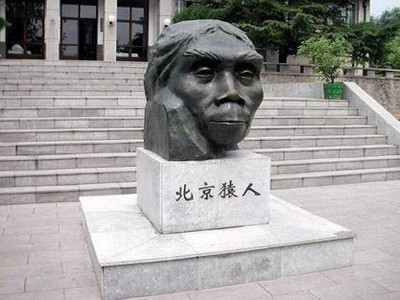Chinese archaeologists have found new evidence in an archaeological site in Beijing which suggests that the ancestor of modern man, known as the Peking Man, was able to use fire more than 600,000 years ago.
According to a report by the Xinhua News Agency, researchers announced their finding on Friday, July 17, after spending three years excavating the Zhoukoudian fossil site in the western suburbs of Beijing.
Gao Xing, research fellow with the Institute of Vertebrate Paleontology and Paleoanthropology of the Chinese Academy of Sciences, said that they have uncovered a fire site, sintering soil, and burned rocks and bones at the site.
"Some of the animal bones were entirely carbonized, turned black both outside and inside," Gao was quoted as saying. "It is safe for us to conclude that this is the result of burning."
The fire sites were encircled by rocks and lime, which Gao said was the result of the burning of limestone.
In the 1920s, archaeologists have discovered the fossils of the Peking Man with its entire cranium, which earned Zhoukoudian the distinction as one of the birthplaces of humans.
Gao added that many archaeologists will now agree that the Peking Man knew how to use and control fire, as ashes, burned bones and rocks, as well as charred seeds, were also found in 1929.
The report, however, said that there are skeptics who believed that the burning resulted from natural fire.
"The evidence this time is more convincing," Gao remarked. "It has been found under the earth untouched, without weather damage."
"This shows us that Peking Man could not only keep kindling, but knew how to control fire," Gao added.




























